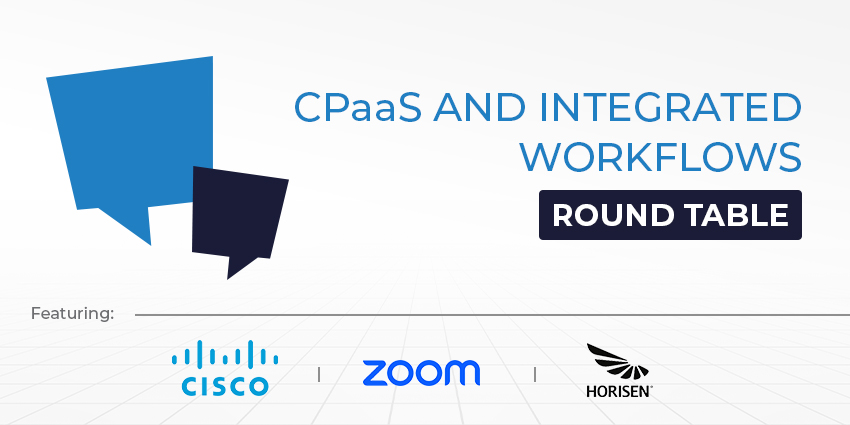Software is taking over.
Although it may be some time before we firmly throw all our desk phones and video endpoints in the bin, it’s safe to say that more companies are placing their investments into flexible software solutions and agile Cloud strategies, while turning their backs on the capital expenditure that a hardware-based infrastructure demands.
The drive towards Digital Transformation (DX) means that enterprises are under a huge amount of pressure to evolve at an ever-more-rapid pace. Customers want more communication platforms, greater personalisation, and improved accuracy. All of this leads to more popularity for the Cloud space, which is designed to be naturally flexible, and scalable. The question is, are you ready to serve under the rule of software?
Is Hardware Completely Dead?
Importantly, the rise of software doesn’t necessarily mean that all your hardware is obsolete. While video endpoints might be in decline, video calls are more popular than ever. 87% of experts say that they feel more connected with their peers when video conferencing systems are used. This suggests that people aren’t necessarily giving up on the video endpoint entirely, but looking for new, more versatile ways to host their meetings.
For instance, we began to see the rise of huddle room strategies in 2017, which allow enterprises to embrace smaller, more agile spaces for their ultra-connected employees. These refined video endpoint options are more bespoke and intended to lower costs by combining high-tech hardware, with the latest software opportunities.
SIP Endpoints
SIP endpoints are another concept becoming increasingly popular in the Unified Communications space. It’s faster to set up than its predecessor protocols, and it’s easier to program too. Companies like Cisco have a huge advantage in the SIP space with their range of exceptional conferencing solutions, and many other companies like Polycom and Yealink are still riding the wave of Skype for Business and similar applications.
The question is, how long will SIP endpoints continue to reign in the UC space? BYOD is quickly becoming more of a reality for many companies in an age of remote working, and one study conducted by Gartner found that about half of all the employees in the US were using their own devices by the end of last year.
When done well, BYOD offers huge benefits to organisations, including better productivity, reduced operational costs, and a greater morale boost to staff members too. Of course, there’s also the threat of security to think about, and the question of how businesses will be able to ensure compliance with BYOD solutions.
Preparing for the Swan Song of Hardware
Although there are still opportunities for hardware vendors in the UC space, it’s worth noting that many companies are making the move more aggressively into the software space. As enterprises of all shapes and sizes continue to swap their legacy platforms for Unified Communications as a Service (UCaaS) solutions and even Contact Centre as a Service (CCaaS) strategies, there’s a chance that hardware purchases will continue to deplete.
One potential way to replace this revenue is to replace the investment in desktop phones with headsets. After all, agents will still need headsets, even when they’re tapping into software solutions for communication. In fact, companies like Plantronics are already reporting record sales for their UC headsets, which attract a much higher margin than traditional call centre solutions.
Perhaps the future of UC isn’t about abandoning hardware but finding the right way to produce it in line with a move to software-focused infrastructures.







